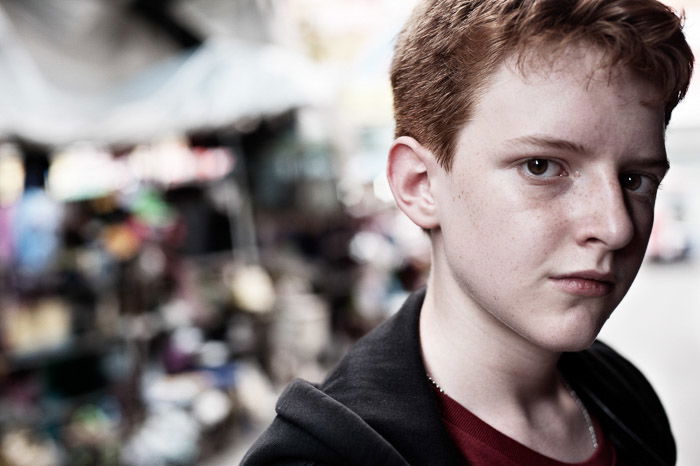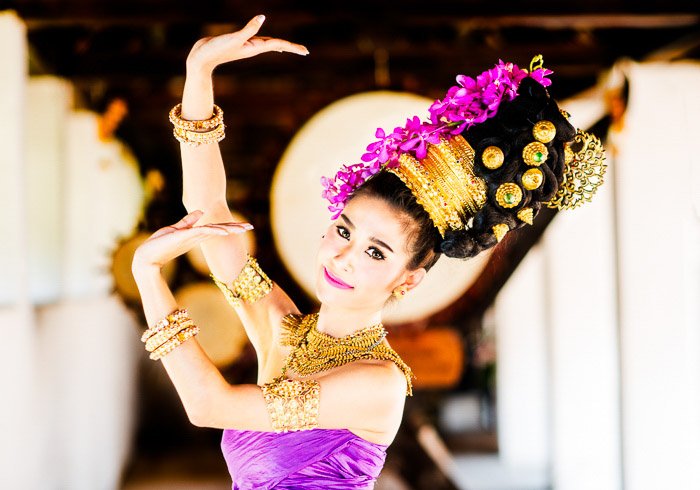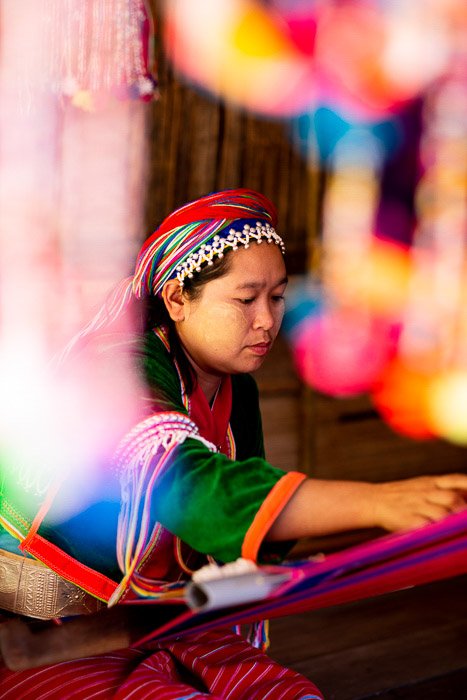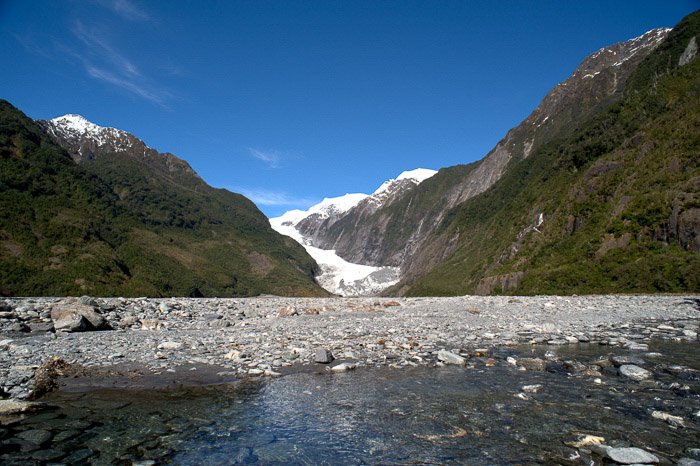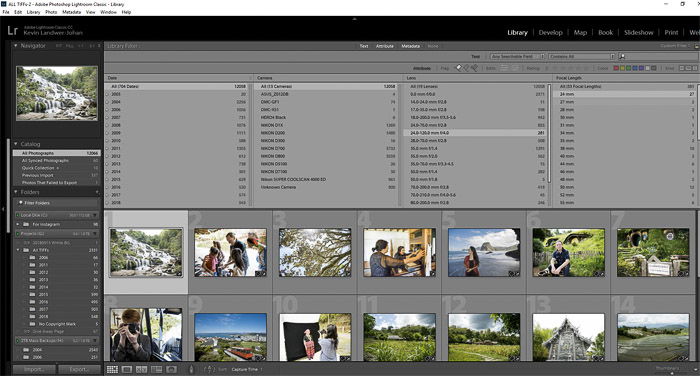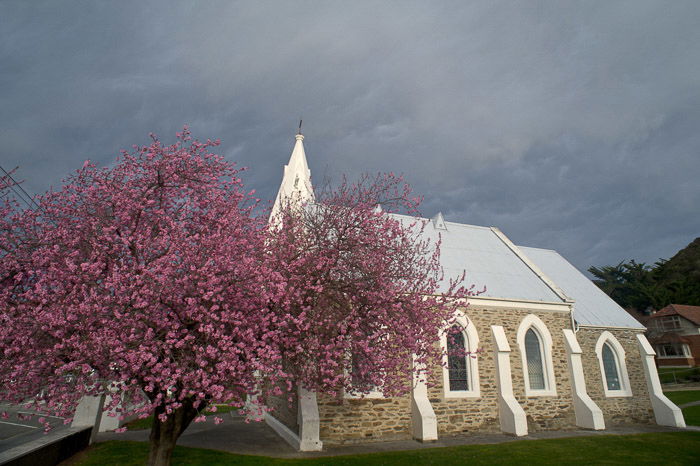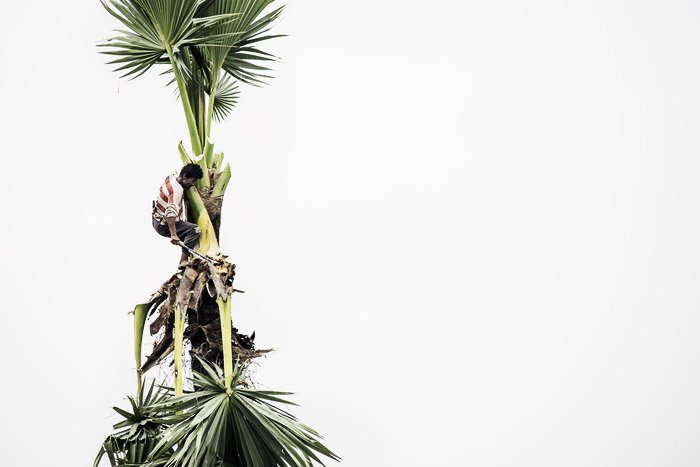Nikon currently list 53 prime lenses for SLR cameras on their website. Ranging from the widest at 10.5 mm to the longest super telephoto lens of 800mm. Seven different models of 50mm lenes are included. There are also specialty lenses such as macro and tilt-shift. Not listed on the site are the many out of production prime lenses that Nikon have had over the years. These can still be purchased second hand. Any Nikon F mount lens will attach to any Nikon SLR camera produced later than 1959. Recently Nikon released two mirrorless cameras with full frame sensors. These cameras have a different lens mount, they call the Z mount. Nikon SLR lenses use their F mount and come in FX and DX classes. Least expensive on the list is the AF Nikkor 50mm f/1.8D which you can pick up for under $150. If your pockets are deeper and your needs more specific you can fork out a little over $16,000 for the AF-S NIKKOR 800mm f/5.6E FL ED VR. Let me take you through the process I have used many times in helping me, and others, decide which is the best prime lens to buy. First I’d like to share with you are little of my background story and love of prime lenses.
Comparing Nikon Prime Lenses: 50mm vs 35mm
I purchased my first camera, a Nikkormat FTN, and a 50mm f1.4 second hand in 1983. I continued using this same lens for 27 years until it was no longer always sharp. I tried to get it repaired, but the technician told me to buy a new one. It was like losing an old friend. I still have the lens but no longer use it. The photo below is one of the last I made using that 50mm prime lens. Over the years I have owned many Nikon prime lenses and used many more. Working as a newspaper photographer I had the opportunity to work with lenses most individuals cannot afford. Using 300mm f2.8 and 400mm f3.5 lenses to photograph sport. I even got to use a 600mm f4 lens once, (it was too big to handle easily). I had access to super wide lenses for specialty situations, but my 50mm f1.4 was most often on my camera. Replacing my 50mm involved some serious decision making. I loved the f1.4 aspect of the lens, but prefer to use a 35mm because it’s just that much wider. A 35mm on a full frame camera is closer to the angle of view I see naturally than a 50mm lens. I knew a 35mm f1.4 lens would be much more expensive. I also needed to know what the bokeh was like on a 35mm f1.4 lens. A quick online search showed me the bokeh was gorgeous and the price tag was high. Calculating that I would get ten years of use with this lens I figured it would cost me less than 0.50c per day, so I bought it. One of the first photographs I took with my new 35mm f1.4 lens was of my friend sitting on a red couch in the forest. The angle of view combined with the shallow depth of field was exactly what I had wanted in this lens. I have only become more satisfied with this the more I have used it for both photos and video.
Calculating the Cost
Cost should be the first thing to consider when making choices about purchasing a prime lens. There’s no point in spending more than you need to. Not spending enough on a lens that doesn’t meet your needs is also counter productive. Spending too much on photography equipment is easy. Even narrowing down your options to a Nikon prime lens, you still have plenty of choice. If you decide on a 50mm lens, Nikon have seven different models you can choose from. There’s a $400 difference between the most expensive, a 50mm f1.2 manual focus lens and the cheapest, a 50mm f1.8D. Decide on your budget. Give some thought to how you will use the lens and how much use you will get from it. Calculate the daily cost. Project the number of years you will use it and divide the price by the number of days. I spend more on coffee each day over a ten year period than what my 35mm f1.4 lens cost me.
What Format Nikon Prime Lens Should You Buy?
Different Nikon lenses are designed to accommodate different camera sensor formats.. DX lenses are made for crop sensor cameras. FX lenses are made for full frame SLR cameras. You can use a DX lens on a full frame Nikon camera. Only the central part of the sensor, the same size as a DX sensor, will be used. On film cameras with a DX lens fitted, a black circle will be visible around the edges of the frame. FX prime lenses can be used on DX camera bodies. Most Nikon lenses will fit most Nikon cameras. The new full frame mirrorless cameras Nikon have released use a different lens mounting system. F mount lenses designed for Nikon SLR cameras will not fit the Z mount mirrorless cameras and vice versa. All four Nikon DX prime lenses are G series lenses so cannot be used on older digital cameras or film cameras. Nikon produce prime lenses with internal motors to auto-focus the lens. These lenses are labelled AF-S. Lenses with the AF label, (without the ‘S’,) have no motor in the lens. AF Lenses rely on the autofocus motor in the camera body. If you own a Nikon camera without an autofocus motor you will need to buy an AF-S lens to be able to have it focus automatically. Google your camera model and the lens you are looking to purchase to make sure they are compatible. Some older Nikon prime lenses may fit newer cameras, but they may not be fully functional.
Focal Length and Aperture Considerations?
Now that you have considered the financial and functional aspects of choosing a Nikon prime lens, it’s time to tackle the big question. What focal length lens will suit the style of photography you enjoy or want to develop? I love my 35mm f1.4 lens. It suits my style. Environmental portraiture, travel and street, documentary photography are what I do most. My 35mm Nikon prime lens is a great fit for these types of photography. I also make portraits in a studio-like setting, and my 105mm f2.8 lens is ideal for these. A 35mm on a full frame camera is very close to what we see with our eyes, (not including our peripheral vision). I think this focal length creates more natural looking photographs than much wider or more telephoto lenses do. With a 35mm lens, you can include enough of the background in your composition to give a sense of the surroundings. My 105mm is also another favorite Nikon prime lens. It’s most suitable for portraiture. I almost always use it when I am taking portraits with people in my outdoor studio. With a 105mm on a full frame camera there is a nice amount of compression. You can also be a reasonable distance from your subject. Not so close they will be uncomfortable and not so far away you have to shout for them to hear you.
How to Discern Which Prime Lens Will Suit You
If you are a more experienced photographer you will know more of your photography preferences and style. You will have a good idea of what you like to photograph and how you like to work. Starting out in photography you may not have such a strong preference for the style you want to achieve. Ask yourself these questions to help figure out what focal length prime lens may be best for you to purchase;
What subjects do you prefer to photograph? What style of photography do you enjoy? Who inspires you? Are you bold or are you more comfortable standing back from the action/subject?
Looking though your photographs will help you answer some of these questions. Open up Lightroom, or whatever software you use to view albums of your photos. Take a look through all the photos you’ve made during the past year or two. Pay attention to what subjects you have photographed the most. Can you see a distinct style? Are you often close to your subject of further back?
Make Use of Focal Length Metadata
In Lightroom you can view metadata to show you how many images in a catalog or over a date range were made with a particular lens. At the top of your window when you are in Grid view click on Metadata. You will see a drop down list of the lenses you have used and the number of photos taken with each lens. Click on the lens you use the most. Grid view will now only display the photos you’ve made with this lens. If you have been using a zoom lens you can also view a list of focal lengths you have used within the zoom range. If the Focal Length panel is not showing up, you can open it by clicking Library>Filter by Metadata>Add Column from the top menu. At the top of the new column click None and then Focal Length. Browse through your photos based on the Focal Length filter. At what focal length have you made your favourite photographs? Where can you see gaps? Do you think your photography is lacking a wider lens or a longer lens?
Four Groups of Prime Lenses
Wide Medium Tele/supertele Specialty
Wide Angle Nikon Prime Lenses
Lenses with a focal length of 35mm or less are considered to be ‘wide angle’ on a full frame camera, (24mm or less on a crop sensor camera). Some common uses for these lenses is photographing landscapes, street, and environmental portraiture.
Medium Length Nikon Prime Lenses
From 40mm on a full frame (28mm on a crop sensor,) to 80mm, (50mm on a crop sensor,) is considered a medium length lens. Medium prime lenses are often used for general purposes. Some common uses for these lenses are weddings, portraits, and street photography.
Tele/Supertele Nikon Prime Lenses
This group of lenses ranges from 85mm full frame, (about 55mm on a crop sensor,) right up to 800mm. Short to medium telephoto prime lenses are often used for portraiture, product, and food photography. These lenses are in the range from 85mm to 135mm on a full frame camera or 55mm to 90mm on a crop sensor camera. These lenses generally have a wider maximum apertures and are lighter than the long telephoto prime lenses. Lenses longer than 135mm (90mm) to 200mm, (135mm) are considered medium telephoto lenses. This range of lenses is often used for portraiture, weddings, product, and food photography. They are good for taking photos where the background is not significant. Lenses 300mm and longer are considered as super telephoto. These are good for sport, wild life, bird photography and any subject you cannot get close to. They are big and heavy and most often are best used with the assistance of a tripod or monopod.
Specialty Nikon Prime Lenses
Nikon still make some very specialised lenses, but not in so much variety as they used to. The super wide 14mm prime, 19mm perspective correcting or 60mm micro lens are not going to fit many people’s needs, or budgets. These lenses are designed for special purposes and to meet particular needs. Perspective correcting lenses are used primarily for architecture photography. They allow the photographer to control parallax error. These lenses were more necessary before digital photography. Now we have the ability to make adjustments to perspective during post production. I took this photo of a silk worm with a beautiful old 55mm micro Nikon prime lens. I purchased the lens as part of a bag of gear at a second hand auction over twenty years ago. I still get a lot of use from this incredibly sharp lens.
Going Retro
Just recently I took some photos of a man trimming a palm tree on our neighbour’s property using a Nikon 300mm f4.5 lens I bought in 1988. He was at least 25 meters up the tree and I photographed him from our first floor porch. I also regularly use other old, manual focus prime lenses. Old glass is good glass. Manual focus Nikon lenses are very strong. Usually there’s no plastic in them and they last for many years if they are well looked after. In prime lenses there are fewer moving parts, so less can go wrong with them. Buying second hand always entails some risk and a certain amount of trust in the seller. Used Nikon manual prime lenses can often be picked up very cheaply because most people prefer to use auto focus. Things to look for when you are buying second hand lenses are;
Signs the lens has been dropped (dents and cracks); Mold on the glass (open the aperture and look through the lens); Too much wear and tear; Stiff or gritty feeling focus ring;
Still Not Sure Which Nikon Prime Lens to Buy?
If you’re having trouble deciding which lens will be your first prime, I suggest you pick up a 50mm f1.8 if you are using a full frame camera. If you’re using a crop sensor camera, a 35mm f1.8 lens is the best option to make a start with. Both these lenses are cheap. New they cost less than most Nikon zoom lenses. Less than $200 is not so much to invest. Using one of these lenses, you will notice a difference in your photography. Not only in your finished photos, but in the way you will go about making them. Get used to zooming with your feet. Be very careful when you need to get a wider angle. Don’t step backwards off the curb into traffic! Seriously, you will have to think differently about how you want to compose your photos. This is one aspect of using a prime lens that I consider can help new photographers learn. Composing with a standard prime lens takes some getting used to if you are accustomed to using a kit zoom lens. As you practice regularly with your prime lens you will get a feel for it. You will instinctively know how close to your subject you need to be to capture the image you have in mind. Zooming with your feet not only means you will move closer to or further from your subject. Most likely you will start moving around your subject too, viewing it from different perspectives. If you are using a zoom lens most often your feet are firmly planted in one place.
Rent Before You Buy
Once you’ve narrowed down your options of Nikon prime lenses you may want to buy, try renting one or two. Plan yourself a day of photography. Organize to go some place you love to photograph with only one or two rented, or borrowed prime lenses. Even if you can only manage one morning or afternoon, this will be a valuable experience. Spend it getting a feel for the types of photos you can make with these lenses. If you have the time and resources, do this exercise more than once. Rent a couple of different lenses each time so you can compare them. Use the method I mentioned earlier to study the metadata in Lightroom. See not just how many photos you took with each focal length lens, but, more importantly, which of the photos you are most satisfied with. This will give you a good indication of which lens will be the best Nikon prime lens for you. Want to know more about lenses? Check out our new post about the best telephoto lenses to buy next!




